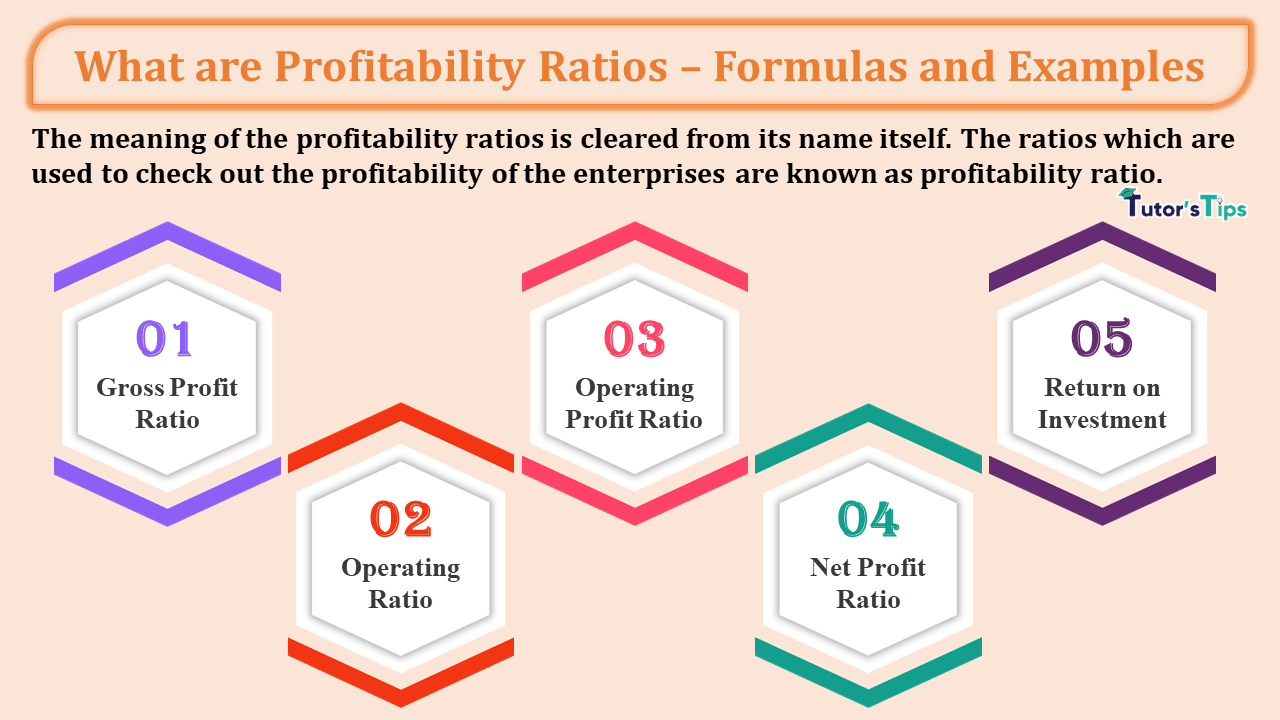The term Operating Cycle (OC) is defined in Schedule III of the Companies Act, 2013. Which will be discussed in this article.
What is the Operating Cycle of the business?
It is the total period of time that is required to performed all business activities i.e. purchase of goods(Raw material), production of goods(Finished Product), sale of goods(finished product), and collect payment from customers.
The OC of the business plays a vital role in survival as well as the growth of the business. If the business has a short OC then it has more chance of survival as well as the growth of the business, or if the business has a long term cycle then it has less chance of survival as well as the growth of the business.
Operating Cycle is defined in Schedule III: –
The term of OC is defined in Schedule III of the Companies Act, 2013 as follows:
“An operating cycle is the time between the acquisition of assets for processing and their realisation in cash or cash equivalents. Where the normal operating cycle cannot be identified, it is assumed to have a duration of twelve months.”
Chart of Operating Cycle:
The Operating Cycle includes the following time period in total time duration:
Step-1st Cash or Cash Equivalents
↓
Step-2nd Purchase of goods(Raw Material )
(raw material holding period)
↓
Step-3st Production Process
(Conversion of Raw material to finished product)
↓
Step-4rd Finished Gooding Holding Time
↓
Credit Sale
(Collection from Trade receivable)
↓
Step-5th and 1stRealized cash from Trade Receivable
(Cash and Cash Equivalents)
Factors affecting the Duration of Operating Cycle: –
The following are some factors that will affect the time duration of the operating cycle of the business: –
1. Credit Period allowed by the Supplier: –
The credit period allowed by the supplier affects the total time duration of the OC, Because if the supplies of the goods allow the business the longer credit period then the OC of the business will be shorter. The increase in the time duration will allow the business to hold some cash or goods in advance.
2. Time Duration of the Production: –
If the production process required a long time period from the conversion of raw material into the finished product then the time period of OC will be increased or if it required less time then the duration of OC will be decreased.
Advertisement-X
3. Holding Period of Finished Product: –
If the finished product is held in the warehouse for a long time period then the time duration of OC will be increased and if it holds for a less time period then the time duration of OC will be decreased.
4. Credit Period allowed to Customer: –
If the Business allows its customer a longer credit period then the time duration of OC will be increased and if it allows less credit period of time to the customer then the time duration of OC will be Decreased.
Thanks for reading the topic.
please comment your feedback whatever you want. If you have any questions, please ask us by commenting.
References: –







Leave a Reply